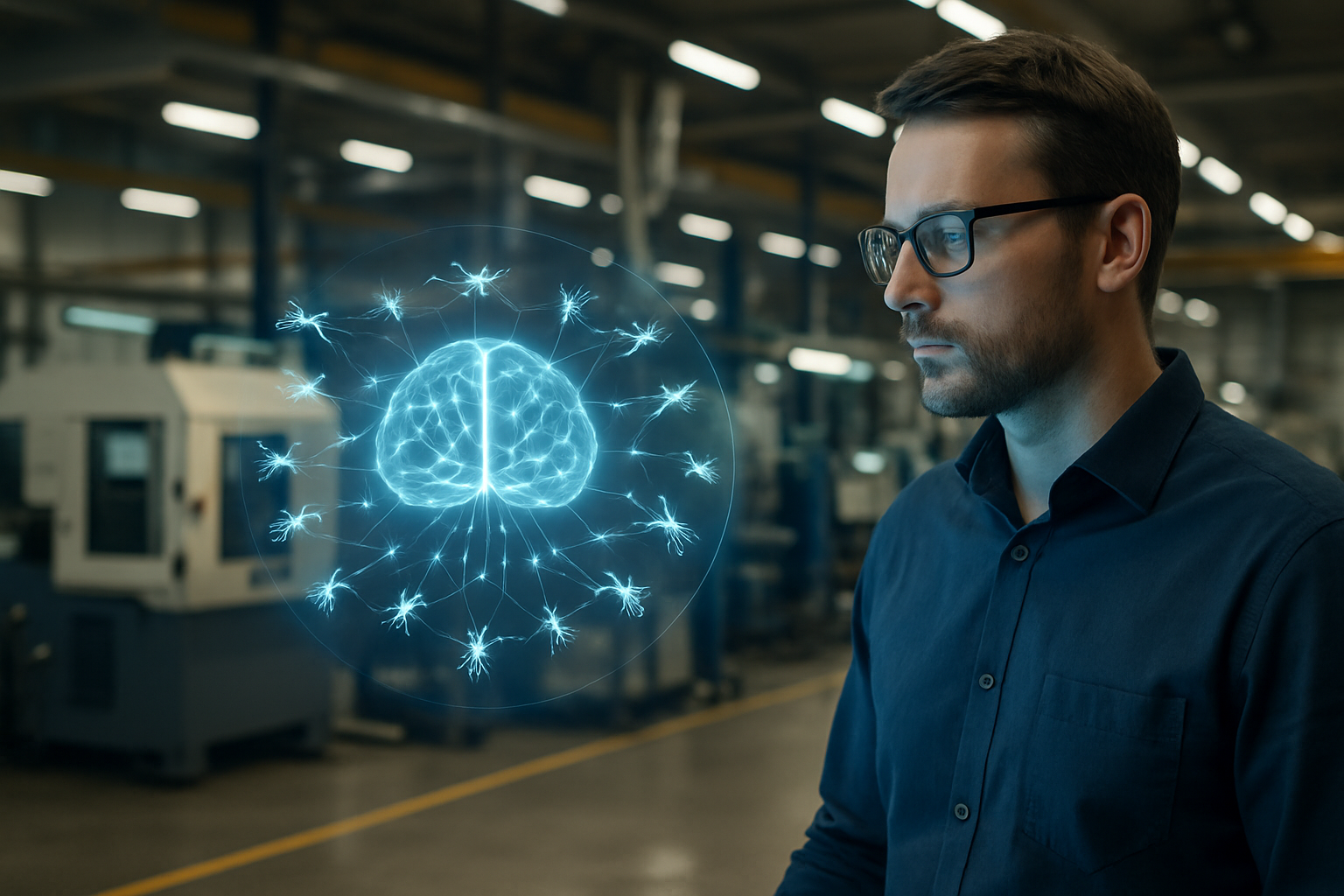Leveraging Swarm Intelligence in Industrial Decision-Making
Collective intelligence reshapes industrial problem-solving, offering innovative approaches to complex challenges. Swarm intelligence, inspired by nature's collaborative systems, emerges as a groundbreaking methodology in business decision-making. This paradigm shift promises enhanced efficiency, adaptability, and resilience across various industrial sectors, revolutionizing how organizations tackle multifaceted issues and strategize for the future.

This concept isn’t entirely new in nature, but its application in industrial settings marks a significant leap forward. By mimicking the decentralized decision-making processes observed in insect colonies, businesses can tackle complex problems more efficiently than traditional hierarchical approaches.
From Beehives to Boardrooms: The Industrial Application
The transition of swarm intelligence from natural systems to industrial applications has been gradual but impactful. Industries ranging from manufacturing to logistics have begun to recognize the potential of this approach in optimizing operations and enhancing decision-making processes.
In manufacturing, swarm intelligence algorithms help in scheduling production lines, optimizing resource allocation, and managing inventory. These systems can adapt in real-time to changes in demand, equipment failures, or supply chain disruptions, much like how a colony of ants quickly finds new food sources when old ones are depleted.
Logistics companies use swarm-based algorithms to optimize delivery routes, considering multiple factors simultaneously. This approach allows for more flexible and efficient transportation networks, capable of adapting to traffic conditions, weather changes, and last-minute order modifications.
The Mechanics of Industrial Swarm Intelligence
At its core, industrial swarm intelligence relies on a few key principles:
-
Decentralization: There’s no central control; decisions emerge from interactions between individual agents.
-
Self-organization: The system organizes itself without external direction, based on simple rules followed by each agent.
-
Flexibility: The swarm can quickly adapt to changing conditions or new information.
-
Scalability: The system’s effectiveness often increases with the number of agents involved.
These principles are implemented through various algorithms and methodologies. For instance, Particle Swarm Optimization (PSO) is used in industrial design and process optimization. Ant Colony Optimization (ACO) finds applications in scheduling and routing problems. These algorithms simulate the behavior of swarms to find optimal solutions in complex, multidimensional problem spaces.
Challenges and Considerations in Implementation
While the potential of swarm intelligence in industrial settings is vast, its implementation comes with challenges. One significant hurdle is the paradigm shift required in organizational thinking. Traditional top-down decision-making structures must be reoriented to accommodate more decentralized processes.
There’s also the challenge of designing appropriate rules and interactions for the swarm agents. These rules must be simple enough for individual agents to follow but sophisticated enough to produce complex, beneficial behaviors at the system level.
Data quality and quantity are crucial factors. Swarm intelligence systems require vast amounts of accurate, real-time data to function effectively. This necessitates robust data collection and processing infrastructures.
Moreover, there are ethical considerations. As decision-making becomes more automated and decentralized, questions of accountability and transparency arise. Industries must navigate these issues carefully to maintain trust and comply with regulations.
Future Horizons: Where Swarm Intelligence is Heading
The future of swarm intelligence in industrial applications looks promising. As artificial intelligence and machine learning continue to advance, we can expect more sophisticated swarm algorithms capable of handling increasingly complex industrial challenges.
One exciting prospect is the integration of swarm intelligence with other emerging technologies. For instance, combining swarm intelligence with Internet of Things (IoT) devices could create highly responsive, self-organizing industrial systems. Imagine a factory where machines, inventory systems, and supply chains communicate and coordinate autonomously, optimizing production in real-time.
Another frontier is the application of swarm intelligence to predictive maintenance. By analyzing patterns of equipment usage and performance across entire industrial networks, swarm-based systems could predict failures and schedule maintenance more accurately than current methods.
Practical Insights for Implementing Swarm Intelligence
• Start small: Begin with pilot projects in non-critical areas to gain experience and build confidence in swarm-based approaches.
• Invest in data infrastructure: Ensure you have robust systems for collecting, processing, and analyzing real-time data.
• Foster a culture of decentralization: Encourage decision-making at all levels of the organization to align with swarm principles.
• Collaborate across disciplines: Bring together experts in biology, computer science, and your specific industry to design effective swarm systems.
• Prioritize ethical considerations: Develop clear guidelines for the use of swarm intelligence, addressing issues of transparency and accountability.
As industries continue to grapple with increasing complexity and rapid change, swarm intelligence offers a powerful new approach to decision-making and problem-solving. By harnessing the collective intelligence of decentralized systems, businesses can navigate challenges with greater agility and resilience. While the journey to full implementation may be challenging, the potential rewards in terms of efficiency, adaptability, and innovation make swarm intelligence a compelling frontier for industrial evolution.





